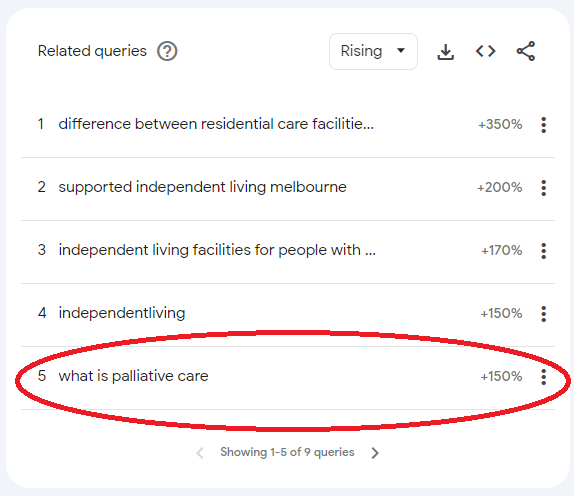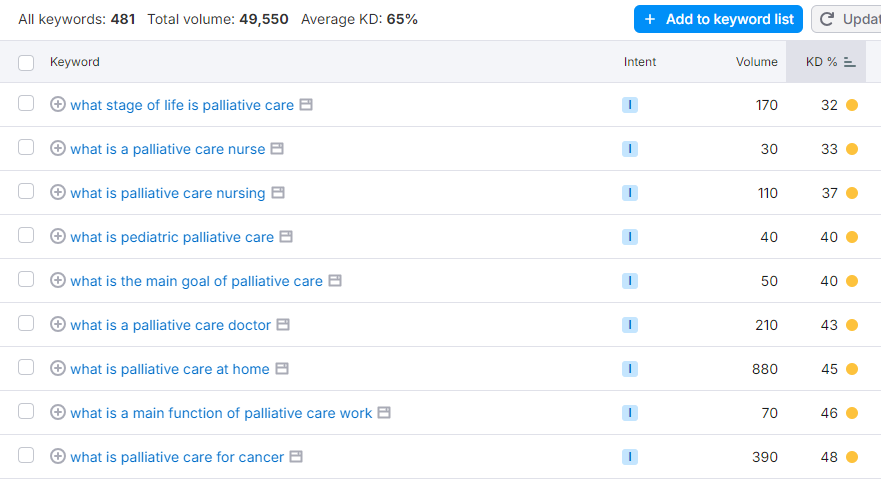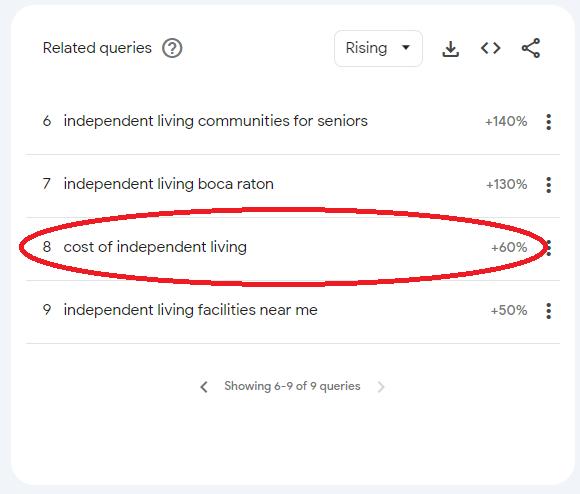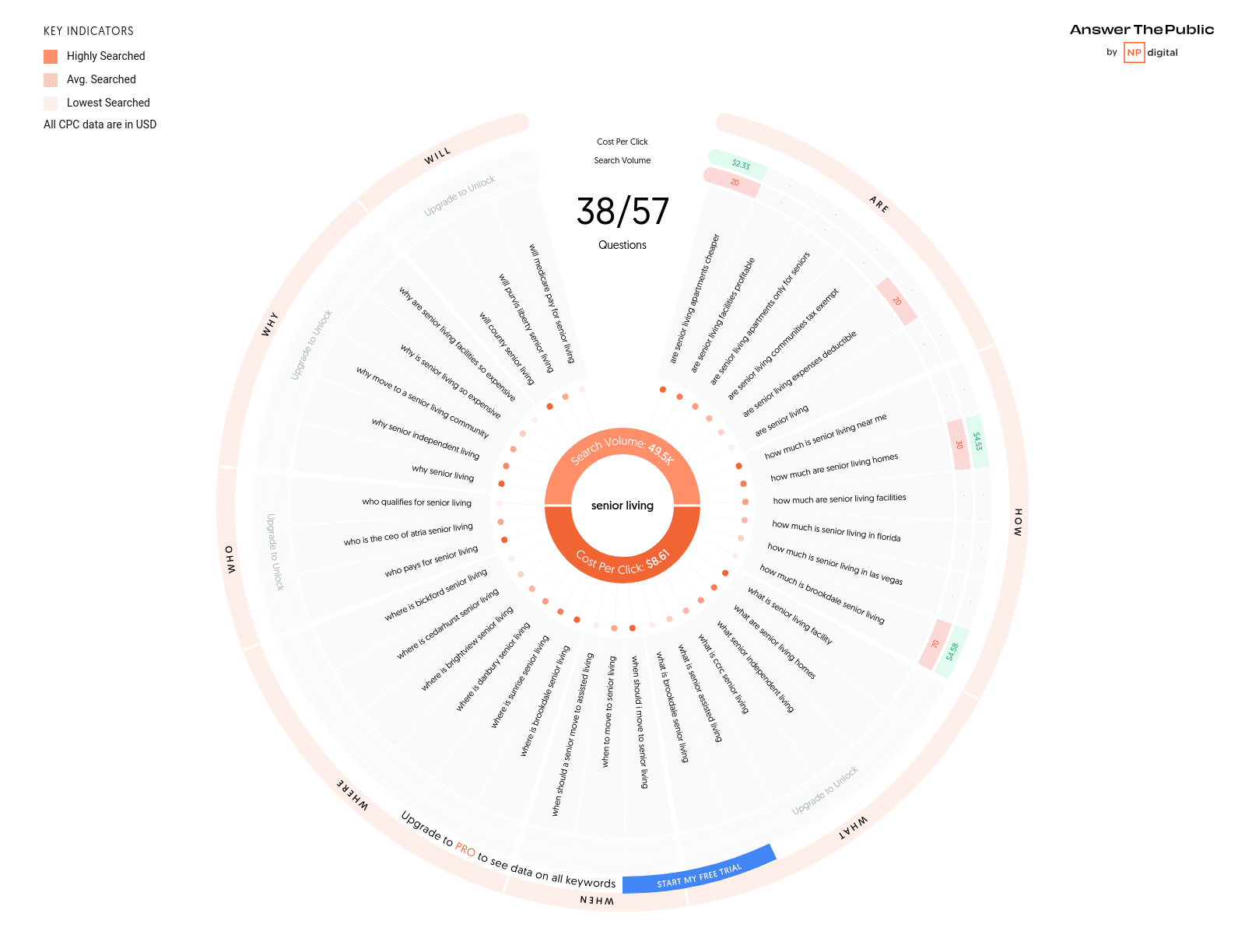Senior Living Sales: Creating a Great Schedule-a-Tour Page

Before we dive into the anatomy of a great “Schedule a Tour” landing page, we have a quick caveat. If your tours suck, it won’t matter how great your “Schedule a Tour” landing page is. (Just keeping it real, folks! 🙂)
Here are some questions to ask:
- What are people saying about your tours? Check post-tour surveys, online reviews, and other available feedback. Are there any common negative themes that the sales team needs to address?
- Are the sales reps crushing their tours? It’s easy to become complacent and go through the motions. Investing in training—even if it’s just the occasional half-day session—can have a big ROI.
- Is there a straightforward tour-day process that everyone understands? For example, each morning, your front desk should receive a list of people who’ll be touring that day. Front desk staff should know what to do and who to call when someone arrives. Do they escort the tour attendees to a warm, inviting room with coffee and tea? Do they offer to take coats or show people where the restroom is? This is where your front desk staff can truly shine as concierges.
- Do you have a solid post-tour strategy in place? What happens after the tour matters. Some people will be ready to move forward with your community—yay! But what about the others? You must be proactive and develop a plan for prospects who stall or go silent.
You can learn more about creating a red-carpet tour experience here.
OK. Now, back to our regularly scheduled programming . . .
For this article, we’ll assume your community already gives fabulous tours. (But if it doesn’t, start there. Then, come back to this post.)
Below, we share tips for creating a great “Schedule a Tour” landing page.
Empower prospects by having them choose the day and time for the tour.
If possible, allow people to schedule a tour directly on the page. This doesn’t have to be a hassle from a back-end perspective. Calendar integrations (like Calendly) can make it easy for people to select currently open blocks on your sales reps’ calendars while keeping everything in sync.
The benefits of doing this are many:
- You’re empowering the prospects. They choose the day and time that’s convenient for them.
- You eliminate unnecessary back and forth. Nothing is worse than playing phone or email tag.
- You lose fewer qualified prospects to competitors. While the prospect is waiting for a call back from your community, they can book tours with many of your competitors right online.
PRO TIP: If your website and workflow can’t accommodate a calendar integration, revisit your calls-to-action (CTA). If your CTAs currently say, “Schedule a Tour,” you might want to do A/B testing using the phrase “Request a Tour.”
Sure, “Schedule a Tour” and “Request a Tour” essentially mean the same thing. However, the former suggests someone can book online while the latter prepares the person (even if only subconsciously) that they’re merely “requesting” at this stage.
It’s possible your A/B testing won’t show any noticeable differences in conversions. But you can’t know for sure unless you test and measure.
Don’t treat your “Schedule a tour” landing page as an afterthought.
After the home page, the “Schedule a Tour” landing page is one of the most important pages on your site. What does yours look like? Is it light on copy with simply a calendar or a form and maybe your community’s address?
Talk about a missed opportunity!
While you want to make it super simple to schedule or request a tour, you should also make the entire tour experience special—and it begins with this landing page.
Create a robust “what to expect when you visit” section.
Include the following info:
- Tour length
- Who’ll be giving the tour (if you have multiple sales reps, highlight their faces, names, and short bios)
- Where people should park
- Where people should enter
- Where should people go after they enter
- Tour highlights
- Any special considerations (how to cancel a tour, what to do if the weather is bad, etc.)
Think videos
For our regular readers, we likely sound like a broken record. But video marketing works, and consumers expect to see brand-related videos.
Here are some ideas:
Community overview: Sharing a short (90 seconds, max) video highlighting the grounds and the community can be a great way to give people a feel for the place before visiting.
What the area has to offer: Create a montage or snapshot of all the cool places in the area and some of the outings that residents go on.
Meet our staff: Create meet-and-greet videos with staff members, especially the folks who residents interact with regularly, like dining staff, housekeeping, etc.
Share user-generated content (UGC): Encourage people who attend tours to take pictures, share on social media, and tag your community. Highlight some of the user-generated content on the Schedule a Tour page (get permission to use the photos, of course).
Add FAQs
People skim pages, so it can’t hurt to reiterate points you’ve made elsewhere (like where to park) in easy-to-read FAQs.
Create solid pre-tour communications.
We talk a lot about post-tour communications, and for good reason. But the pre-tour communications you send via email are just as important.
After all, you want the person to show up, right?
At a minimum, make sure you have the following workflows set up. (Remember, marketing automation is your friend.)
Tour confirmation email
Automatically send an email confirmation once the tour has been scheduled. This email should include the confirmed date, time, and (ideally) the tour guide’s name. It should also include helpful information, like directions, parking, and other relevant instructions.
Most of all, it should sound warm and friendly. “We can’t wait to meet you, Rose, and show you around our community. Tours typically last 30 minutes, but you’re welcome to stay after the tour to check out things on your own. Some places you might want to visit include our wonderful library, hair and nail salon, and café where you can enjoy a treat on us and experience our chef’s yummy sweets.”
Countdown-to-tour-day emails (a.k.a., reminder emails)
Again, use marketing automation to set up these email workflows. If the tour is a week or less away, you can simply send one email along with a day-of reminder (more on this in a moment). But if the tour is a few weeks away, you can send more reminders, provided these emails deliver value.
Each reminder should have that warm, friendly feel and reiterate vital info (tour date, time, guide, etc.) Then, use the email as another opportunity to share:
- Resident stories – specifically on why they chose your community
- Reviews
- Videos
Remember, people are straddling the consideration and decision stages while waiting for the tour. Give them information that will get them even more excited to see your community.
Day-of-tour reminder email
This email should go out in the early AM hours of the day the tour is scheduled. Again, you want to aim for a warm and friendly tone and remind people where to go when they enter the building.
⮚ PRO TIP: Keep in mind that sending email should be a given, but as more and more Boomers enter the mix, you’ll also want to add text reminders to your marketing mix.
Need more tours, deposits, and move-ins?
We have a proven system for getting more high-quality leads and turning them into more tours, deposits, and move-ins. Get in touch and we’ll explain how we do it.






















